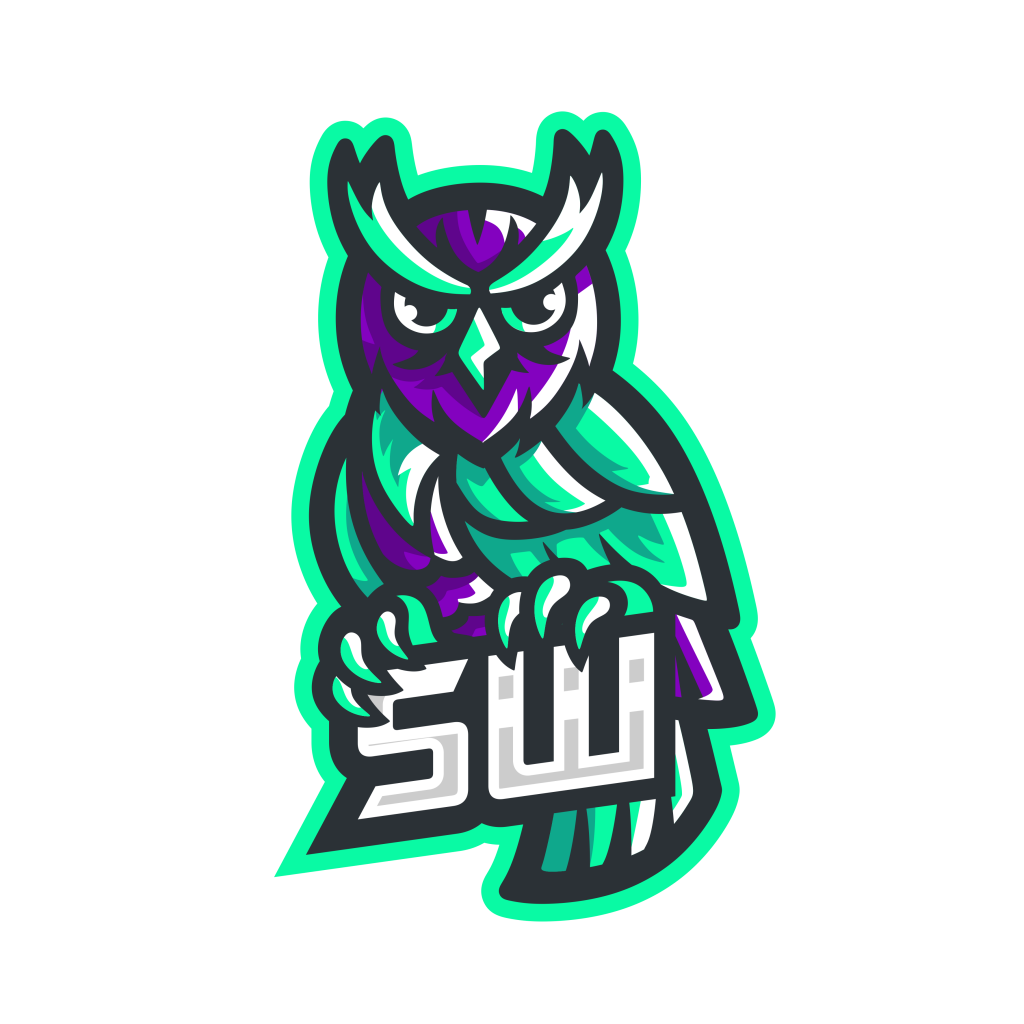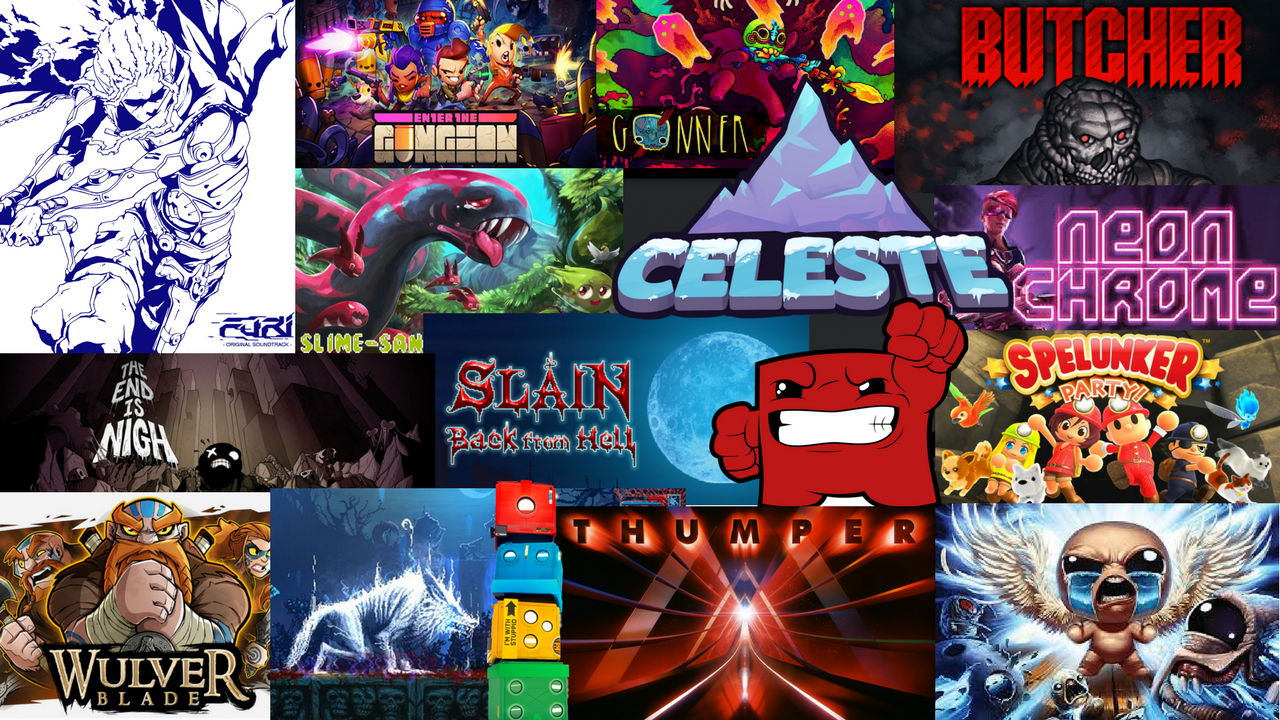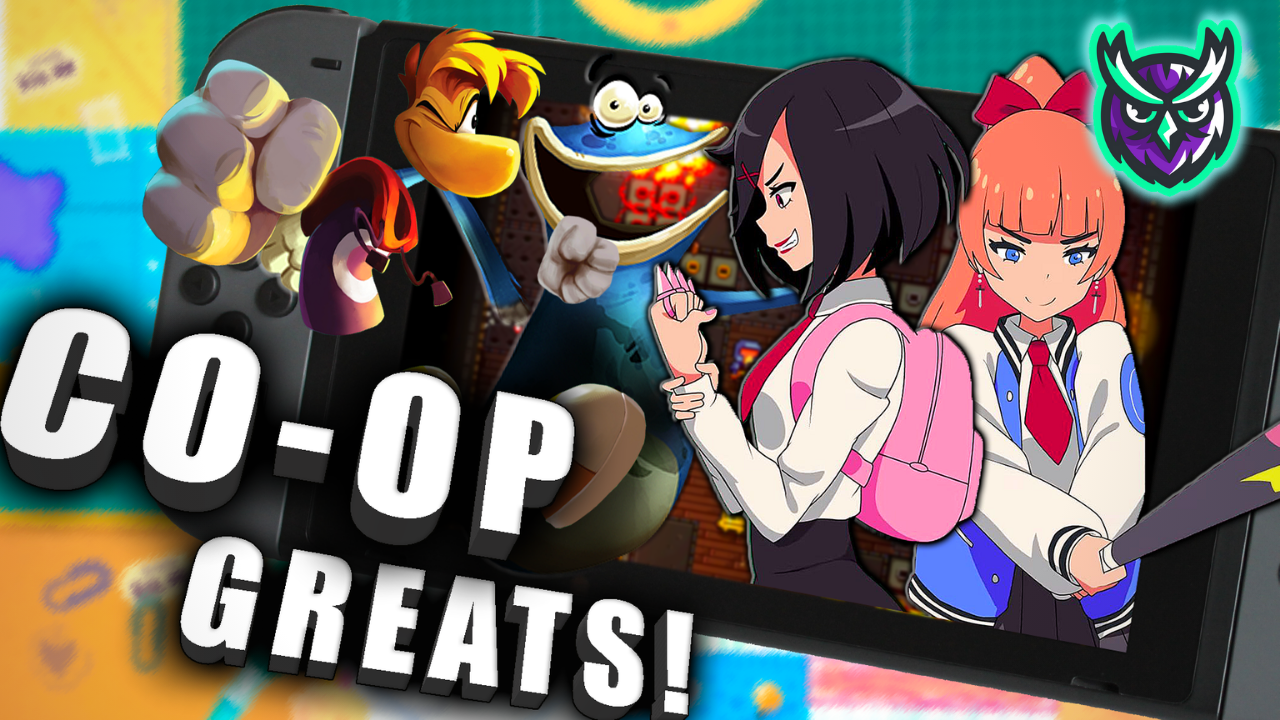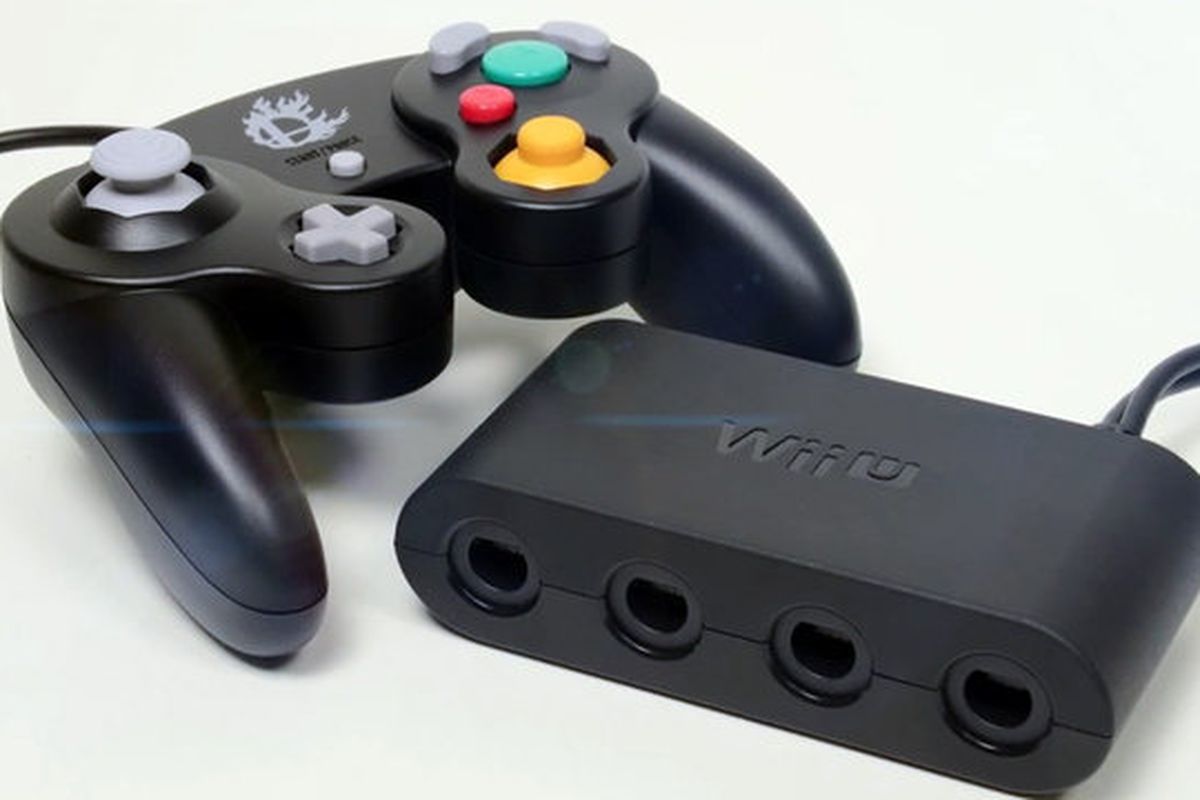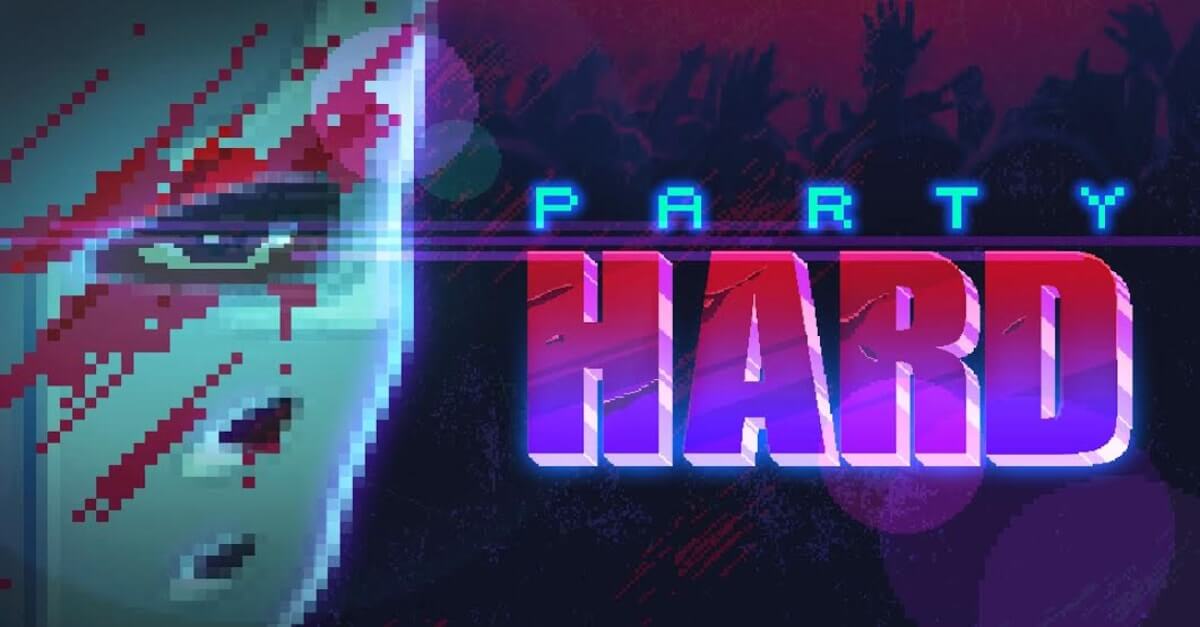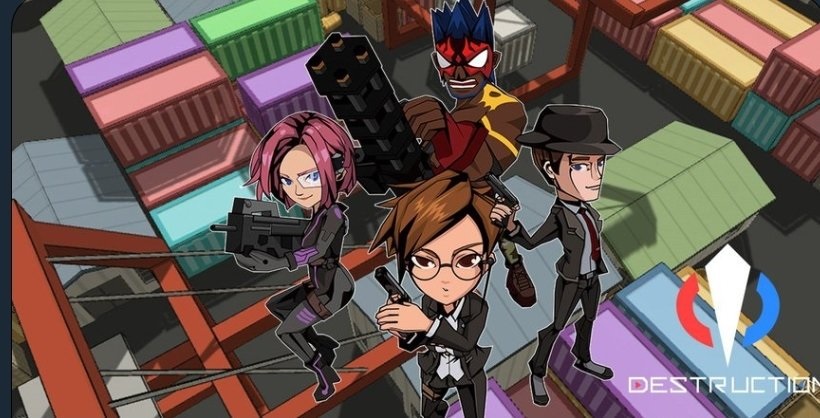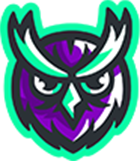A question I regularly see, and something that a lot of people want to know, is: “Why does everyone use a Gamecube controller to play Smash Bros?” For a lot of people, Super Smash Bros. Ultimate will be their first Smash game, but why should they buy a 15+ year old controller to play it? Well, I’m here to try and give some insight into that, and to explain why picking up a Gamecube controller might just be the best control option for Super Smash Bros. Ultimate.
Nostalgia
A lot of the time, you’ll hear answers along the lines of “It’s what I’m used to”, or “I grew up playing Melee on the Gamecube”. Essentially, this boils down to: playing with the Gamecube (GC) controller has a certain nostalgic feel to most people. I won’t lie, this a big factor, but it’s definitely not the only reason.
To elaborate a little; Super Smash Bros. Melee was released on the Nintendo Gamecube in 2001 and 2002 – depending on region. It was immensely popular at the time, becoming the first Gamecube game to sell 1 million copies. In fact, it’s still played around the world, today. Competitively and casually, people are still booting up their Gamecubes or Wiis and putting the Melee disc in for another round of the classic arcade fighter. Fifteen years after its release. That’s a powerful statement about how nostalgic this game is for some.
Muscle Memory
It goes beyond just that, however, partly due to the Nintendo Wii immediately following the Gamecube. As a direct result, there was not only back-compatibility with GC games, but also their controllers. Many games, including Super Smash Bros. Brawl, felt more natural to play with the Gamecube controller than the Wiimote or other options. This also meant you could continue playing Melee on your Wii, you didn’t need to dust off the Gamecube.
This tradition stuck, and every Nintendo home console since the Gamecube has supported their controllers. The WiiU and now the Switch both make use of a USB adaptor to do so. As a result, Smash veterans have been able to keep their trusty indigo and black controllers that they started using over 15 years ago. As a result, the muscle memory is wired into people’s heads. The button layout is pretty unique on the Gamecube controller, so it can be difficult to adjust to performing jumps, specials and smash attacks with a traditional button layout.
Competitive edge?
 But it can’t just be about nostalgia and muscle memory, right? Surely competitive players wouldn’t choose inferior controllers for the sake of familiarity, would they? Well, you’re right. There are some slight advantages to using the Gamecube controller for Super Smash Bros.
But it can’t just be about nostalgia and muscle memory, right? Surely competitive players wouldn’t choose inferior controllers for the sake of familiarity, would they? Well, you’re right. There are some slight advantages to using the Gamecube controller for Super Smash Bros.
The primary reason, and probably the only one most people care about, is the octagonal guide around the left joystick. There are some very precise movements that need to be input on the left stick, and the octagonal shape of the plastic surrounding it make it somewhat harder to mess up, or ‘misinput’. They kept this design for the Wiimote’s Nunchuk, but abandoned it on later controllers.
If you’ve ever played a game in EA’s Skate series, just think of how difficult it was to get the precise stick movements right. It was very easy to accidentally do a varial flip instead of a kickflip, or a heelflip instead of an ollie. Making tiny input errors can be crucial to winning or losing entire matches in Smash Bros, and having the plastic railing guide the stick into one of 8 cardinal directions is handy. Arguably, it also makes an advanced technique called SDI faster and easier to perform, but that’s very minor.

There is also something to be said for the snappy, responsiveness of the left stick on the Gamecube controller. Fans of any fighting game will know that it’s often important to reset the joystick back to “neutral” after performing an attack – “Neutral” here refers to the static position of the stick in the centre, unmoved from it’s resting position. It can be key to performing a combo string correctly or, again, preventing yourself from performing a move you didn’t mean to. The GC controller’s left stick returns to neutral after being released incredibly fast. Though, in practice, it’s milliseconds faster than, for instance; the Joy-Con’s sticks at returning the neutral, a few frames can be the difference between life and death in Smash Bros.
Superior Layout
There is also an argument to be made for the layout of the buttons, too. As the A button is probably the most used button in Super Smash Bros, it makes some sense for it to be the largest, central button on the controller’s face. Depending on your fighter’s location and left stick orientation, it’s used for 4 different types of attack: jabs, aerials, tilts and smashes. Therefore, the A button being the easiest button to access is a slight improvement over the 4 universally sized buttons of the Joy-Cons or Pro Controller, therefore.

The position and size of the C-stick on the Gamecube controller is also preferable for use in Super Smash Bros. to other controllers. Again, comparing this to the Joy-Con or Nintendo Switch Pro Controller – as these are the obvious alternative controllers – you find that the C-stick is positioned slightly closer to the face buttons, at a more natural angle. Some people also quote the fact that the C-stick is short as an advantage, making it easier to perform attacks with it, too.
A quick test would be to try the following input on the Gamecube controller and an alternative: Press X and then flick the right stick to the left. In Super Smash Bros. Ultimate, this input will make your character jump and then perform an aerial attack in that direction. I can perform this significantly faster on the Gamecube controller, thanks to the position and size of the C-stick, whereas I find it somewhat awkward to perform on the Joy-Con. Please note: 1/10th of a second qualifies as ‘significantly faster’ when you’re playing Smash, I’m not expecting this to take seconds longer, though your mileage may vary.
Conclusion
Hopefully this has helped explain to newcomers why the Gamecube controller is the most widely used preference for playing Super Smash Bros. As you’ll notice, these are very minor differences, and if Super Smash Bros. Ultimate is the first game you play in the series then please use whatever’s most comfortable for you. My intention isn’t to convince you to go out and buy a Gamecube controller, but if you want to play Super Smash Bros. Ultimate. competitively, then I’d definitely advise it. For one, wireless controllers suffer from horrible lag at tournaments, so please don’t try using them!
This was the first entry in a series called Smash Sunday. Every Sunday we aim to cover a new Super Smash Bros. Ultimate topic, including beginner’s guides, ‘how-to’s and more. So stay right here at SwitchWatch for more Super Smash Bros. goodness!
